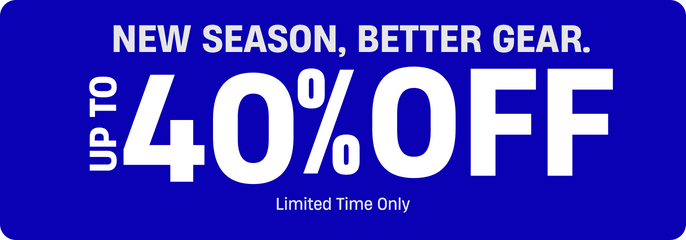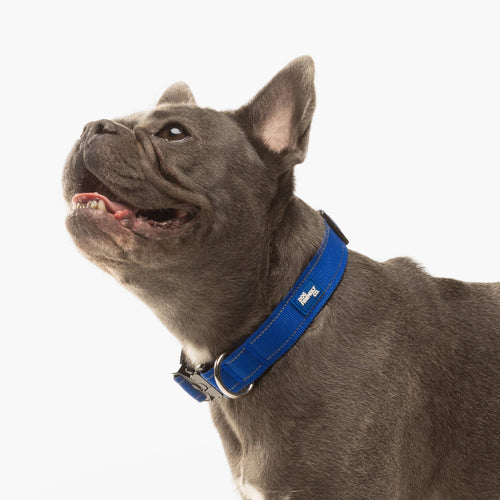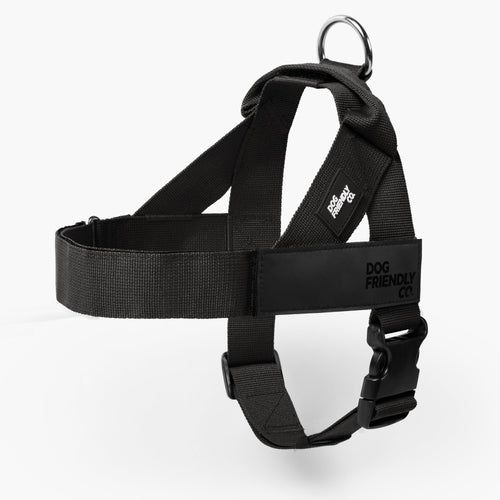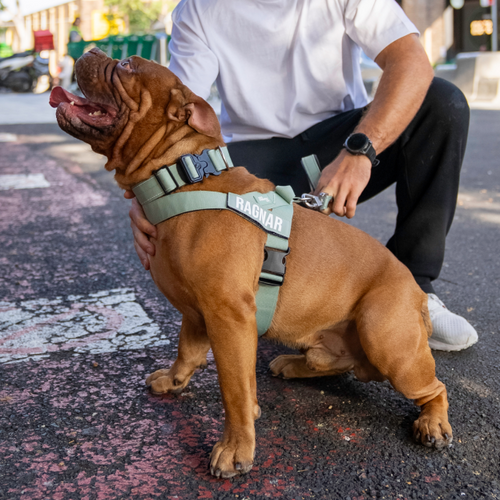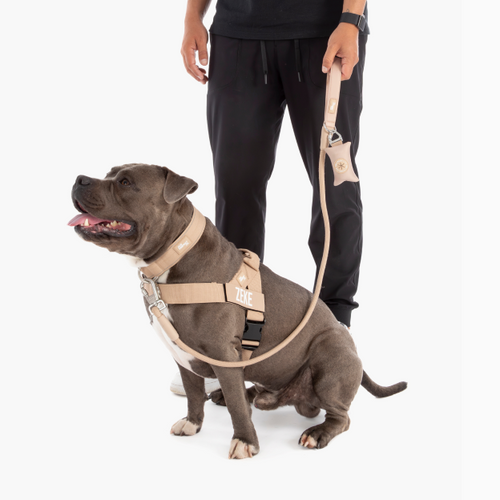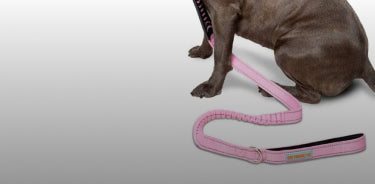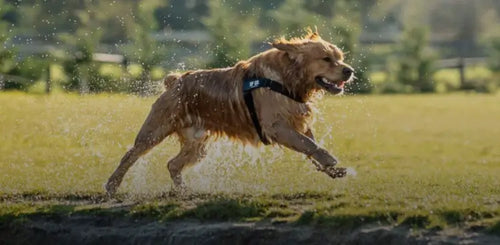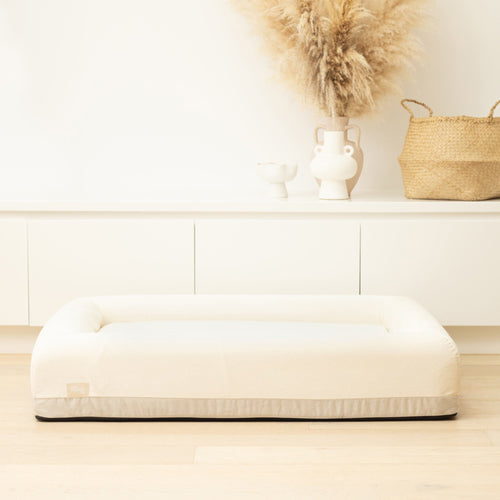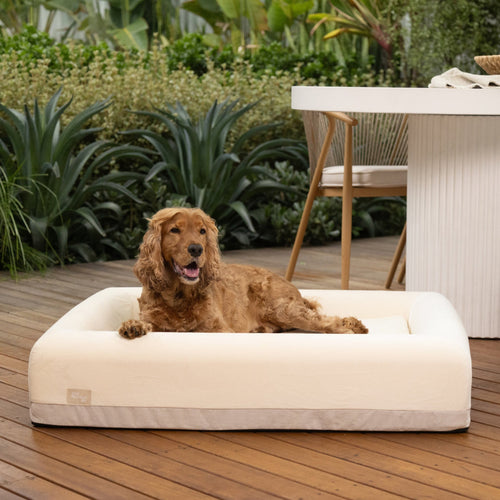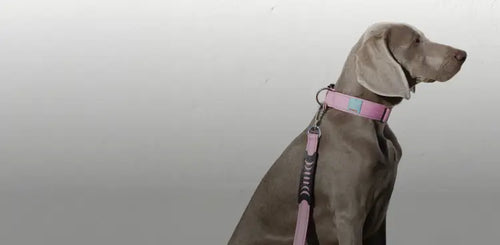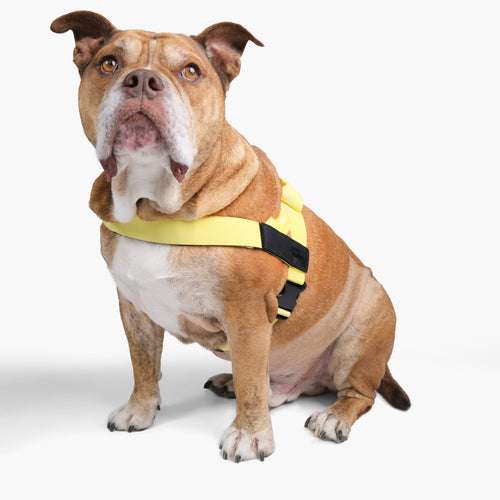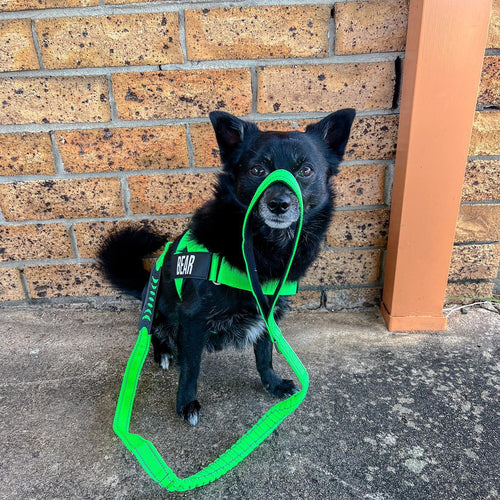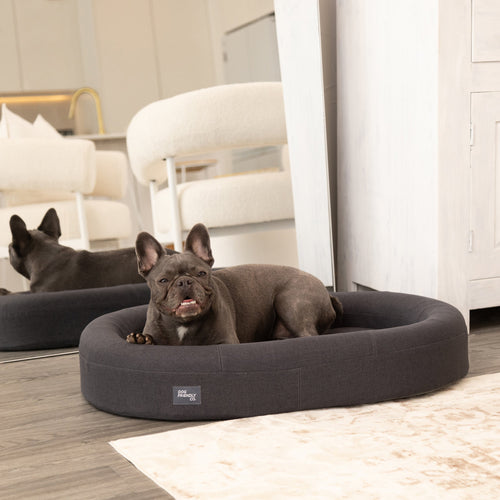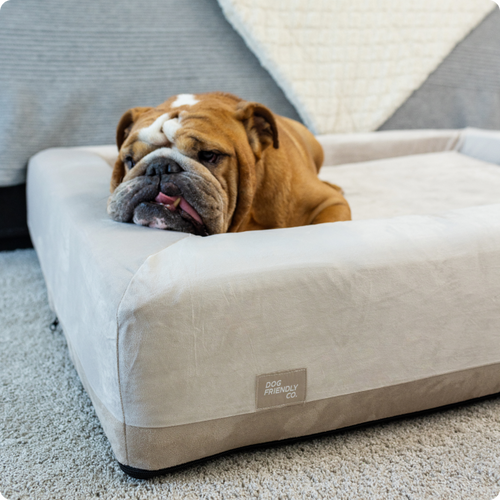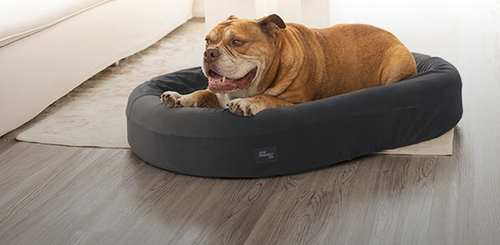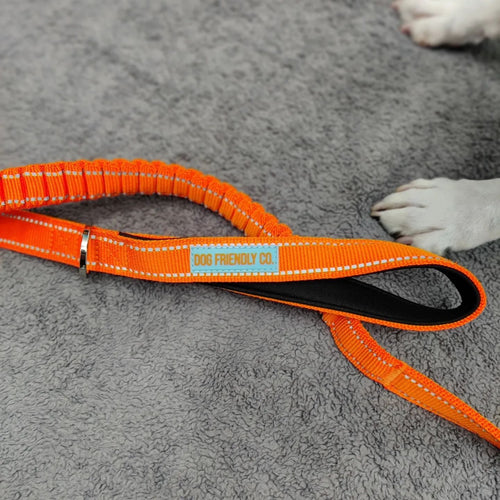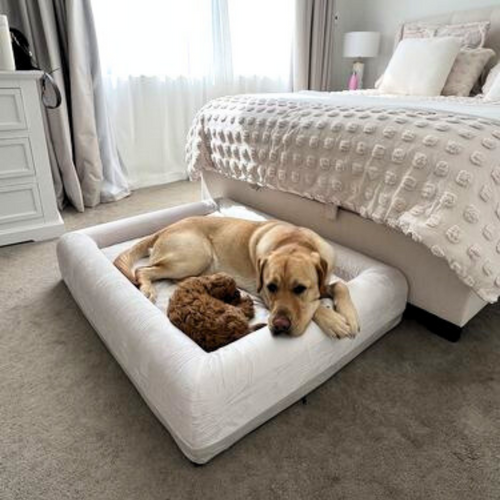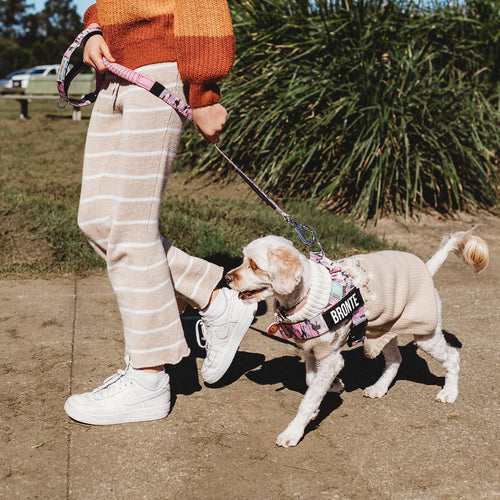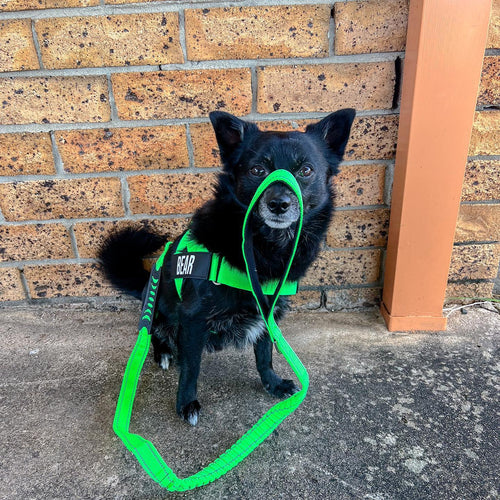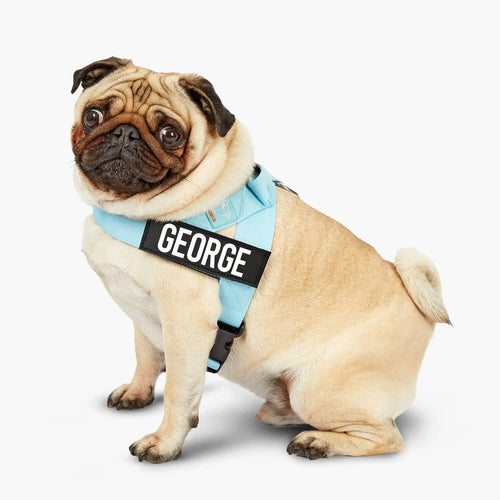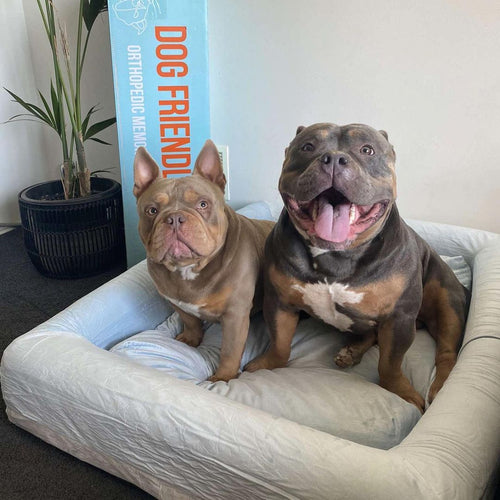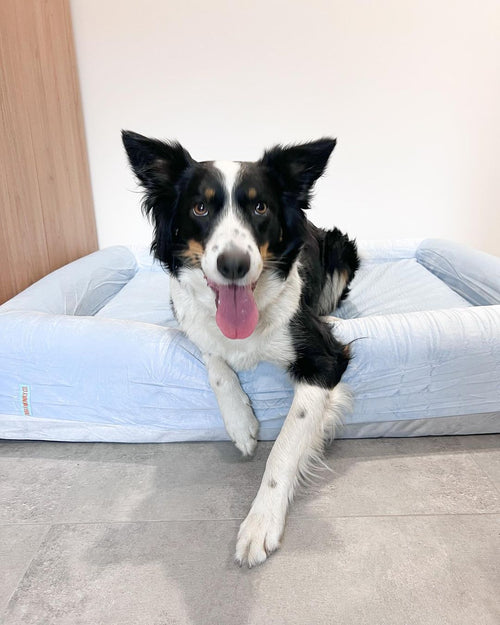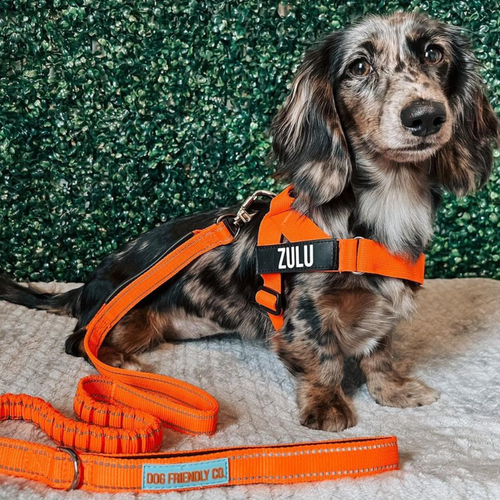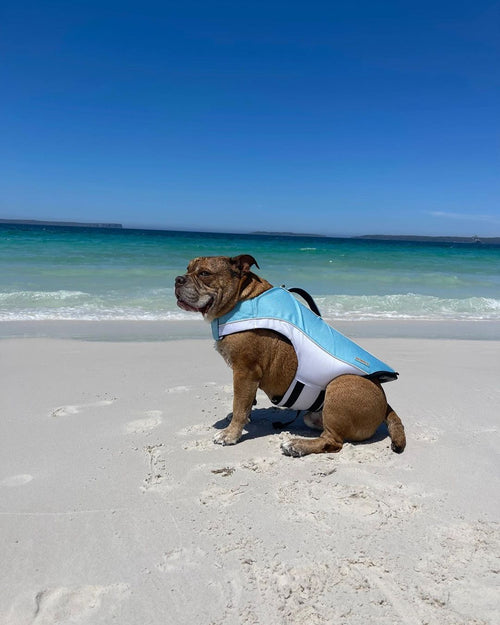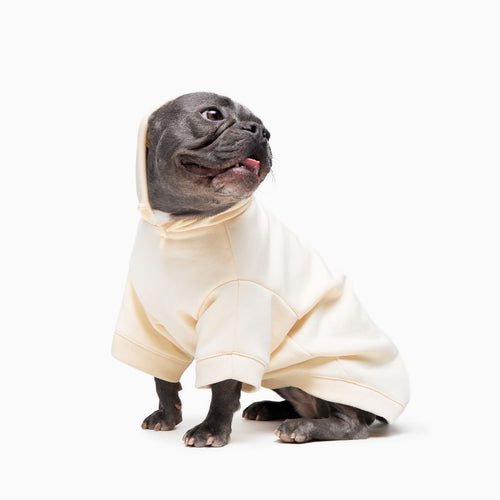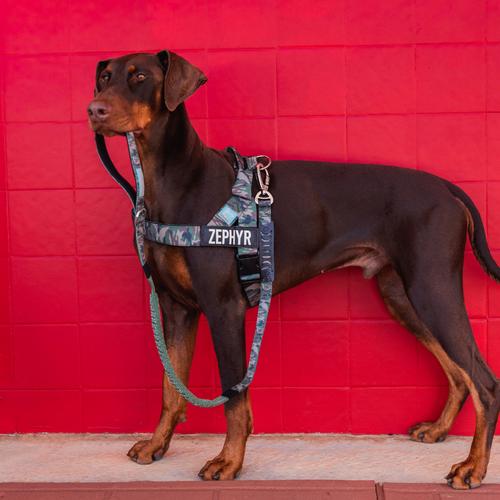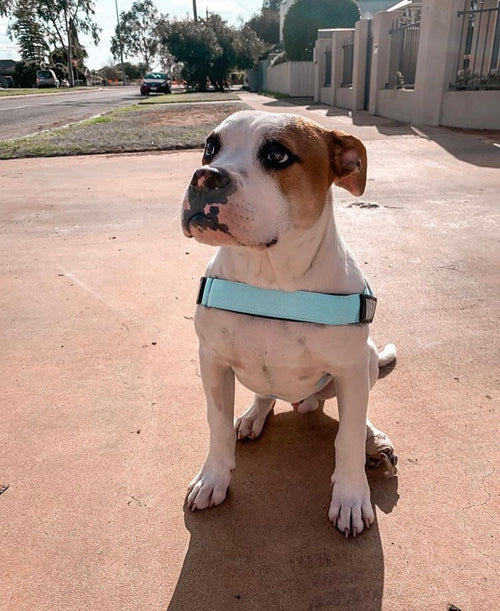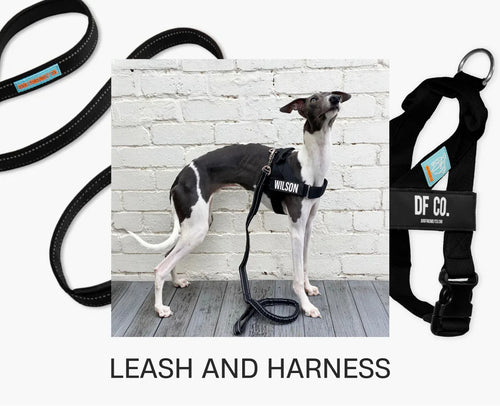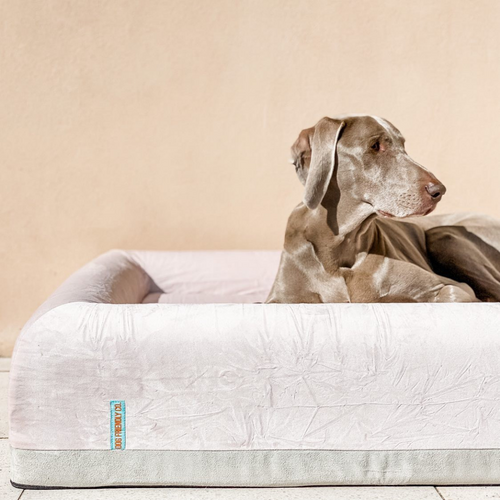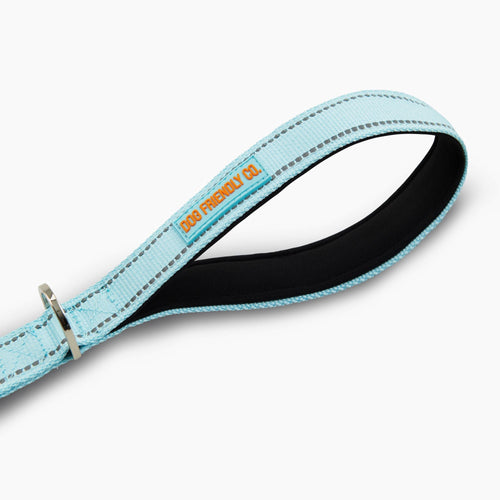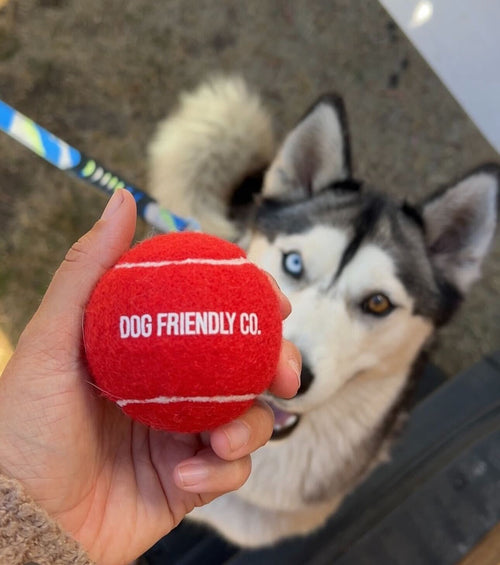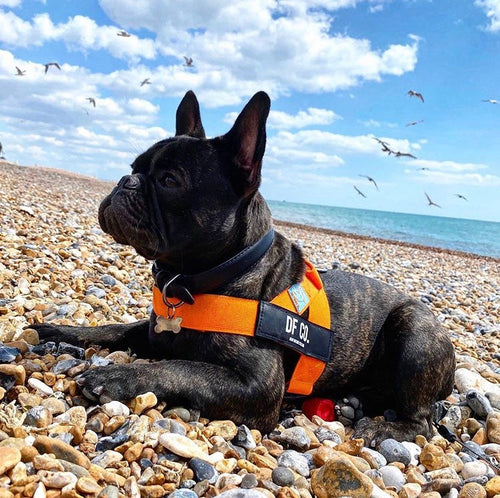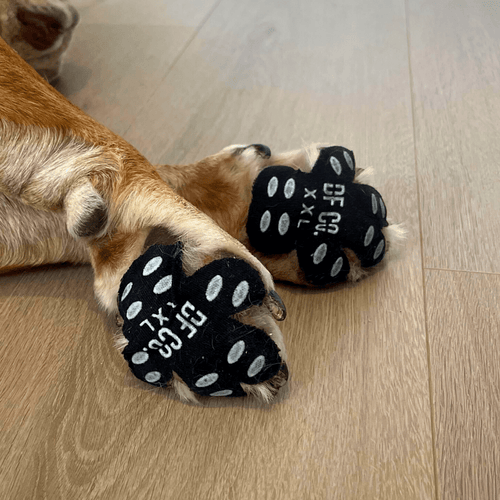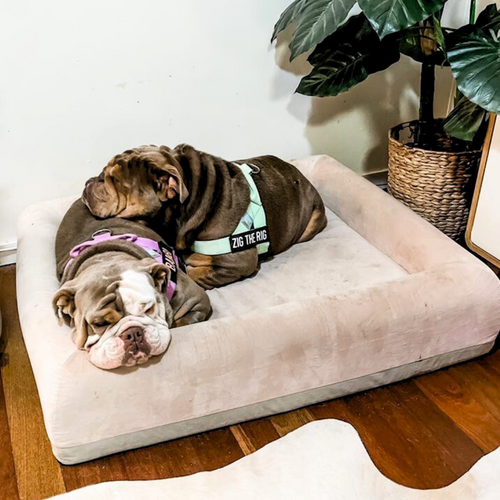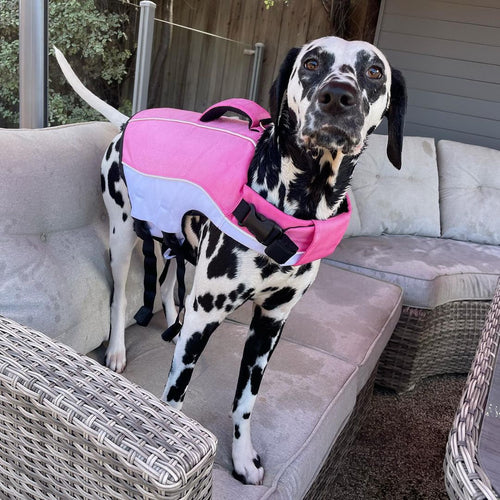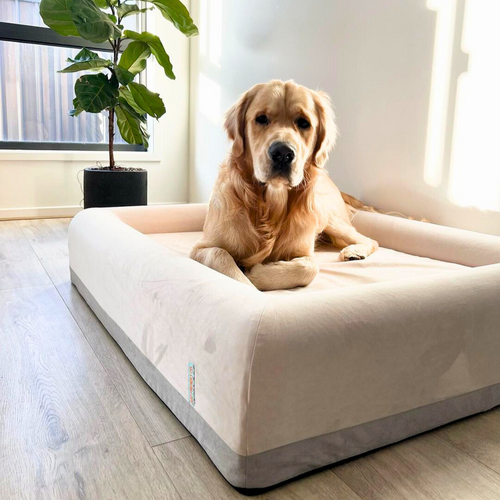Does it feel like your dog is walking you instead of the other way around? Sometimes, the problem isn’t their enthusiasm; it’s the leash. Dog leashes come in all shapes and sizes, but not every leash is the right fit for every pup. It’s got to match your dog’s size, strength, and energy—giving them the freedom to explore without making every step feel like hard work.
So, can a leash be too heavy? And if it is, how does it throw off their stride? Let’s take a closer look at how leash weight affects movement, comfort, and control on your daily walks.
Can a Leash Be Too Heavy for a Dog?
Dogs can go from charging ahead to suddenly looking like they’re wading through wet cement. Sometimes, it’s not a sudden loss of enthusiasm—it’s the leash weighing them down.
A leash that’s too heavy isn’t just a nuisance; it can actually put a strain on your dog’s neck, shoulders, or back. Think about carrying a backpack that’s a bit too heavy. While it doesn’t stop you from moving, it definitely makes things harder. For dogs, this extra weight can throw off their natural movement and make walks more tiring than they should be.
For bigger dogs, a little extra weight might not be a big deal, but for smaller breeds, it’s a different story. A heavy leash can feel like dragging around dead weight, making them work harder just to keep up. If you don’t change your dog’s leash, this can lead to fatigue, frustration, and an unwillingness to go for walks—even for dogs that usually can’t wait to get out the door.
Moreover, dogs rely on a natural rhythm when they walk, but if a leash gets too heavy, it can mess with their stride and make them feel restricted. Some dogs might slow down or stop more often, while others could resist the leash entirely, leading to those frustrating tug-of-war moments. The right leash should support your dog’s movement, not hold them back.
Finding That Sweet Spot: Choosing the Right Leash Weight
Picking the right leash isn’t rocket science, but choosing the wrong one might make your dog feel like they’re dragging a sack of biscuits behind them. Here’s what to keep in mind when picking a leash that won’t weigh your pup down:
Your Dog’s Size and Weight
The bigger the dog, the sturdier the leash needs to be, but that doesn't mean small dogs should be stuck with a lead that’s too heavy. For smaller breeds, opt for lightweight materials, while sturdier options suit bigger dogs that need a bit more control. The key is finding a leash that’s strong enough without being a burden.
Strength and Activity Level
A dog that loves to charge ahead needs a leash that can handle a bit of pulling without making every walk feel like a workout. More active or strong dogs may need a reinforced yet manageable leash, while cruisy walkers can get by with something lighter.
Age and Health
Puppies, senior dogs, or those with joint issues don’t need extra weight holding them back. A lightweight leash will be so much easier on their body, especially for dogs that tire quickly or need a bit more care. The right choice will keep walks easy and enjoyable for everyone.
Why Some Leashes Feel Heavier Than They Should
Some leashes feel way heavier than they should be, and it’s not just in your head. What they’re made of, how long they are, and even the clips can all add to the weight.
Material
Nylon is one of the lightest options that’s tough enough for daily walks but easy for smaller dogs to manage. Leather is a bit heavier, but it’s strong and long-lasting, making it a solid choice for medium to larger dogs. Then there are chain leashes, which are on the heavier side and usually meant for strong chewers. They’re sturdy, but for smaller dogs, they’re just too much.
Length
The longer the leash, the more material it has, which means extra weight. A standard-length leash is usually a safe bet, but if you go for something extra long, such as a training lead, you might notice the difference, especially when it comes to smaller dogs.
Hardware
It’s easy to overlook, but metal clasps and extra attachments can add unexpected weight. A heavy-duty clip might be necessary for strong pillars, but for smaller or more relaxed dogs, a lightweight but secure clasp is more than enough to get the job done without dragging them down.
How to Tell When a Leash is Too Heavy for Your Dog
If your dog usually dashes out the door like it’s the start of a race but suddenly drags their feet, the leash might be the problem. Here’s how to spot the signs that your dog’s leash might be slowing them down:
Your dog isn’t as keen on walks as they used to be.
Your dog loves their daily strolls, but sudden hesitation, mid-walk stops, or outright refusal to move could point to a leash that’s too heavy. Doing more coaxing than walking? That’s another sign it might be weighing them down.
They look uncomfortable or struggle to move freely.
Some dogs will push through discomfort but their body language might still give them away. Watch for any head-dropping, a slower pace, or exaggerated effort when they move.
Their behaviour on the leash has changed.
A leash that feels too heavy can throw off training too. A once well-behaved walker might start resisting, pulling back, or showing signs of irritation. If your dog seems more stubborn or unsettled than usual, swapping to a lighter leash might do the trick.
Finding the Best Leash for Your Dog
Choosing a dog leash isn’t just about grabbing any lead—it needs to suit your dog’s size, strength, and comfort. Not sure where to start? Here’s what to look for:
Small Dogs and Puppies
Lightweight nylon or thin leather leashes are ideal since they won’t weigh down smaller legs. Of course, a small, lightweight clasp is just as important as too much bulk near the collar can feel awkward for a tiny pup.
Medium-Sized dogs
Standard nylon or flat leather leashes strike a good balance between comfort and durability. They’re strong enough to handle your day-to-day walks without adding unnecessary weight or bulk.
Large or Strong Dogs
Bigger dogs need something sturdier, but that doesn’t mean a leash should feel like a tow rope. Thick nylon or reinforced leather is usually a good choice as they offer strength without being too heavy to keep things comfortable while still giving you that much-needed control.
Special Needs
Does your dog have any respiratory or orthopaedic issues? A lightweight leash is ideal to make sure it won’t put extra strain on their body. A soft, flexible material can make walks easier, especially for dogs who tire quickly or need gentler support.
Pros and Cons of Lightweight vs. Heavy Leashes
Here’s the thing—there’s no perfect leash weight, just what works best for your dog. Some are light and easy to handle, while others offer more strength but can be a bit much for smaller dogs. Here’s what to keep in mind:
Lightweight Leashes
- Why they work: Great for smaller dogs who don’t need anything heavy weighing them down. Plus, they’re easier on your hands and won’t add unnecessary strain on your dog or your grip, especially on longer walks.
- What to consider: Not the best pick for strong pullers or dogs that like to test their teeth on their lead. A flimsy leash can wear down quickly too, so if your dog tends to tug or chew, you might find yourself replacing it sooner than expected.
Heavy Leashes
- Why they work: A solid choice for big dogs who need something strong and secure. The added weight can also provide a sense of stability, giving you better control when handling a dog that’s eager to move.
- What to consider: Can be uncomfortable for smaller dogs and might make walks feel like more effort than they should. A leash that’s too heavy can affect your dog’s movement, making them less enthusiastic about their usual outings.
Tips for Choosing a Safe and Reliable Leash
A leash should keep your dog secure without adding extra hassle to your walks. A little attention to quality and fit will make a huge difference in safety and comfort. Here’s what to keep in mind:
Check the leash often for wear and tear.
Leashes go through a lot—chewing, pulling, and exposure to the elements can all take a toll. Look for frayed fabric, cracked leather, or rusted claps that could fail when you least expect it. If anything looks worn out, it’s time for a replacement.
Chain leashes aren’t a good fit for small dogs.
While they might seem like a durable or stylish option, chain leashes are simply too heavy for little dogs and can put unnecessary strain on their neck and back. They also tend to be clunky and uncomfortable to hold, which makes them impractical for everyday use.
Let your dog try the leash before committing.
What works for one dog, might not work for another. If possible, clip it on and see how your dog moves. If they seem uncomfortable or restricted, it might not be the right fit. A quick test run can save you the hassle of ending up with something that just doesn’t work for your pup.
Leash Options for Dogs Sensitive to Weight
Here’s something for dogs who feel weighed down before the walk even begins. Some leashes are lighter, more flexible, or designed to take the pressure off to make walks a whole lot easier.
Retractable Leashes
These come with a lightweight handle and an extendable cord, giving your dog more freedom to roam. Just be mindful in busy areas, as sudden stops or tangles can be tricky to manage.
Harness with an Integrated Leash
Instead of pulling all the weight on their neck, this type spreads it out across their body. This makes it a good option for dogs that need less pressure on their neck or have breathing difficulties.
Bungee Leashes
Designed to absorb some of the pull, these are flexible, lightweight, and help reduce strain on both you and your dog. Bungee leashes are an excellent option for active dogs or anyone who prefers a bit of give in their leash.
When a Leash Issue Might Need a Second Opinion
In some cases, no matter what leash you try, walks still feel like a struggle. If your dog seems uncomfortable, hesitant, or just not themselves when on the lead—even after trying a few different options—it might be time to get a second opinion from a professional.
A dog that regularly shows signs of discomfort, such as stopping, pulling away, or acting anxious, might be dealing with more than just a leash that’s too heavy. A vet can help rule out any physical issues, while a trainer can help with any behavioural concerns.
If you’re unsure what leash suits your dog’s size, strength, or habits, a quick chat with a professional can clear things up. They can recommend an option that works for your dog’s needs, whether that means trying out a different material, length, or even an alternative like a harness.
Moreover, if your dog has any respiratory problems, joint pain, or anxiety, you may need something more specific to keep them comfortable on your walks. A professional can suggest modifications or a better setup, so walks feel easy and stress-free for both of you.
Finding the Right Leash for Happy, Stress-Free Walks
At the end of the day, a good leash shouldn’t feel like a workout for you or your dog. It should be making walks easier, more comfortable, and a whole lot more enjoyable. Getting the right fit comes down to size, strength, and how your dog moves. A tiny pup doesn’t need a bulky lead, just like a strong puller needs something a bit more secure.
Remember that comfort and safety should always come first, whether you’re after something lightweight, sturdy, or somewhere in between. The right leash makes walks smoother and more enjoyable for both of you, so there’s no more frustration; just a lead that does its job so you can get on with yours.
